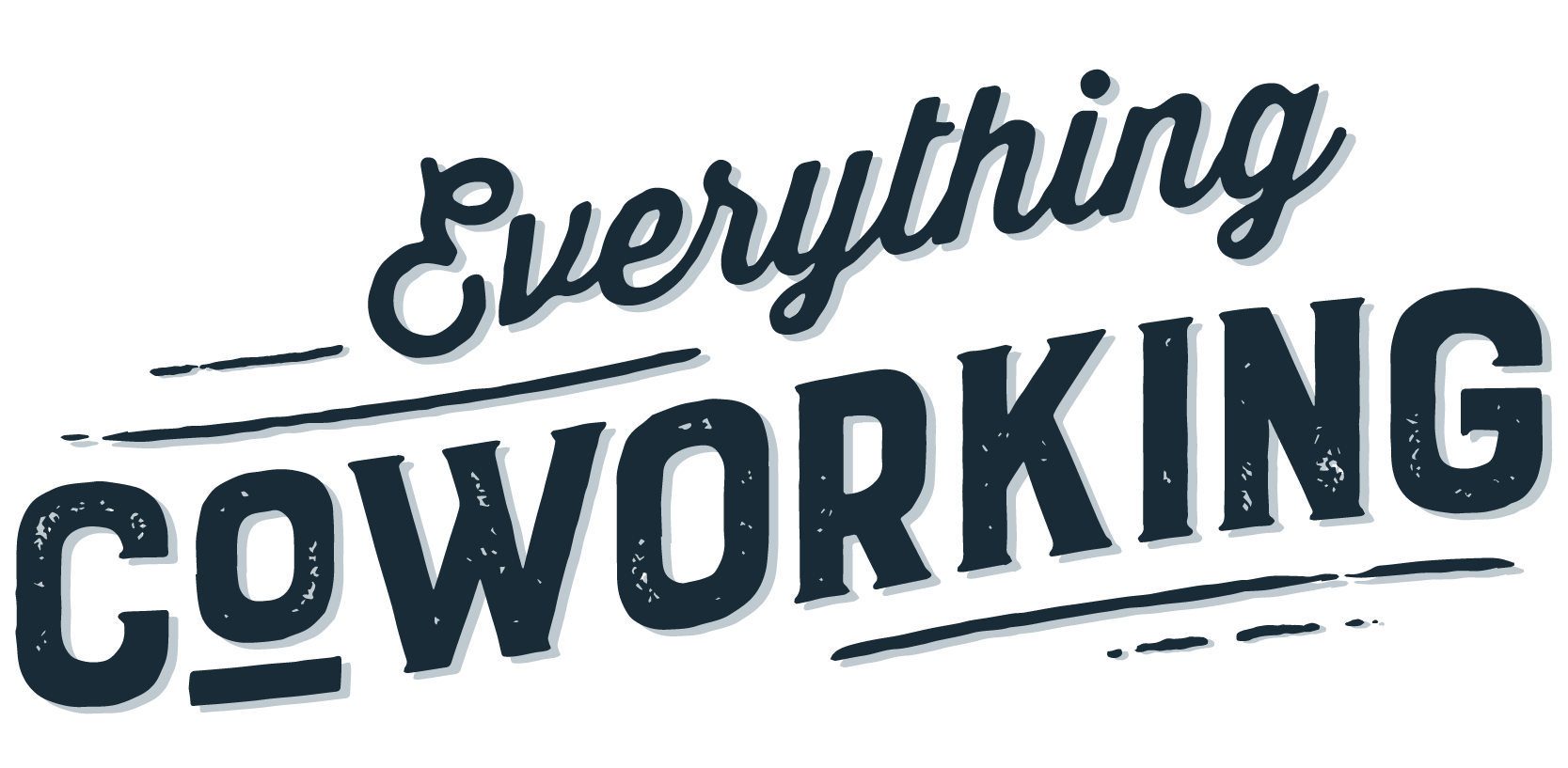21. Work-Life Integration
Welcome to episode #21 of the Everything Coworking Podcast!
My guest today is Dr. Tracy Brower. Tracy shares insights on how corporations are supporting work-life integration, and how corporate office design and third space design can support work-life integration and uses her experience to share some suggestions on how to use research and insights to design better work spaces. As our industry continues to grow, people will vote with their feet and choose workplaces in which they can do their best work and bring their best selves to work. Many of us are on a mission to create those winning spaces so I found the ideas that Tracy shared in her book and in our conversation today to be highly relevant.
Dr. Brower is a work environment sociologist and Global Vice President of Workplace Vitality for Mars Drinks. She is the author of Bring Work to Life by Bringing Life to Work: A Guide for Leaders and Organizations which focuses on work-life integration and abundance.
Over her career, Tracy has had the opportunity to engage with a wide range of organizations including many of the Fortune 500. She is a three-time recipient of the CoreNet Luminary Award for speaking and a recipient of the University of Houston Alexander Real Estate Innovative Practices Award. Tracy has also taught university courses in management and organizational effectiveness.
Enjoy our conversation!
Tell us about yourself, your work, and the force behind your book. The pressure to find a work-life balance isn’t helpful and isn’t serving us. When Tracy was in her PhD program, she looked at how companies were doing work-life. She found that the alternative to work-life balance was to think about work-life integration. If we start with the idea that we can have it all, rather than trade off in some sort of balancing act, we can get to places where we feel a great sense of abundance and fulfillment.
What does work life look like in terms of where and when people work, based on your experiences and your research? Work is changing. Workplace is changing. Workers are changing. One thing that is interesting to think about is the fluidity of our work and our lives. Increasingly, we see fewer boundaries between work and our lives because of the influence of mobility and technology. Today, we’re seeing this huge rise of third places-- places of accidental work-- or fourth places like coworking spaces.The less need we have to come to work, the more important the workplace is. We want to be able to have a place that competes with the richness of the urban world, the home office, or with third or fourth place environments.
What do you see in terms of corporations moving towards work-life integration? How is that going to look in the next five years in terms of culture and policy? Some corporations are moving towards supporting work-life integration because it puts people first, and others because they have to if they want to attract and retain employees. Companies use the “Goldilocks Rule”-- they are careful about doing as much of this as necessary, and as little as possible. For some companies, this means being extremely comprehensive. For other companies, it’s a much smaller approach, but it’s a starting point.
We talked a little bit about the coffee bar as an example of aligning the physical environment to support work life. What are some other examples of what you think is important in terms of space design? One of the things is a place to connect. The coffee bar is critical. It’s also important to have a space that people perceive to be inspiring and creative. Color, toys, and a space to post ideas are all important. We also want the space to be changing and fresh-- not every day or week, but enough to provide variety to keep people engaged and keep things fresh. Plenty of light in the space, and appropriate noise are important, too. Spaces also need to be easy to navigate and have things like power and wifi.
In your book, you talked about optimal density. If you find yourself in a space that’s not optimal on the buzz factor, are there any simple steps towards balancing it out? That is always a challenge with spaces. You can’t predict when people are going to show up, how long they’ll be there, or how they’ll work. One of the things I’ve heard about is a trend toward coordinating schedules with coworkers. If a space is too empty or full, it can be uncomfortable to work in. The building of community and coordinating schedules helps a lot in terms of density.
Resources from this podcast:
Bring Work to Life by Bringing Life to Work on Amazon, Barnes and Noble, and IndieBound.
Thank You for Listening!
Thank you for taking time to listen to the show! Know someone that could benefit from the Everything Coworking podcast? Use our share buttons to pass it along!
If you enjoyed the podcast, please leave us a review on iTunes. It’s the best way to help others find our content!
Lastly, don’t forget to subscribe to our podcast on iTunes or Stitcher to get automatic updates!
Looking for a specific episode? Go to the episode index here.
